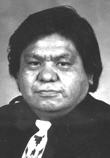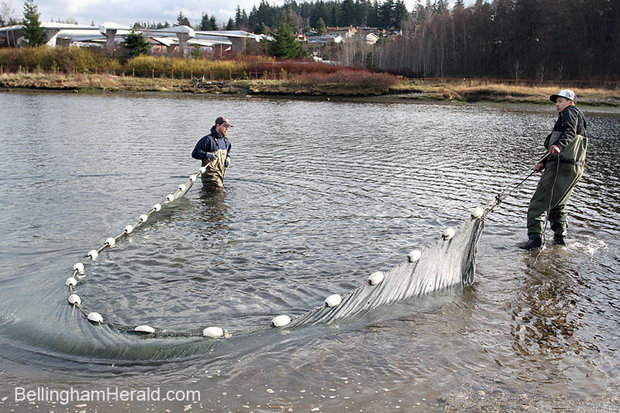Over the past decade, there have been a lot of milestones for the Port Gamble S’Klallam. We built the first Longhouse on our Tribe’s land in more than a century. We began to take steps to resurrect our ancestral language. We published our Tribe’s first history book.
By JEROMY SULLIVAN
Kingston Community News Columnist
June 6, 2013 · 3:49 PM
All of these projects would not have been possible without the hard work of the Port Gamble S’Klallam Foundation. This nonprofit’s mission is to “improve the quality of life for Port Gamble S’Klallam Tribal members while increasing the understanding of the Tribe’s rich cultural heritage with people who reside in the Puget Sound area and visitors from far and wide.”
The foundation’s successes serve as a snapshot of what our Tribe has done to strengthen community bonds while staying true to our values, including those relating to education, cultural awareness and environmental stewardship.
For example, one of the foundation’s early projects was the capital campaign behind the House of Knowledge project — completed in 2007 — which includes the Longhouse, Career and Education building, Elders Center, and Little Boston Library.
This February, we celebrated the release of “The Strong People: A History of the Port Gamble S’Klallam Tribe,” the first book we feel accurately reflects our Tribe’s ancestral roots. Not only did the foundation oversee work on the book — mostly by volunteers — but they’ve also been in charge of making sure books are distributed to the community, especially to our elders.
The foundation has played an integral role in raising awareness of Port Gamble S’Klallam language and art. They’ve found opportunities to showcase our Tribal artisans, including hosting several art auctions and playing an integral role in the Tribal art showcased at The Point Casino after its remodel. The foundation also works closely with our cultural resources department to help encourage the teaching of the S’Klallam language. At one point, our ancestral language was all but a thing of the past; because of so-called “Indian schools,” few spoke even basic words. Today, the S’Klallam language is being taught in our preschool.
Recently, we opened a new preschool building. It features a living roof, rain gardens, and an old-growth cedar tree stump as the centerpiece between two classrooms. The next stage of that project is a playground and the foundation is selling $100 tiles to help with funding. Support within the Tribal community has been strong; Foundation Director Laurie Mattson told me a story of one man who said he couldn’t afford to buy a tile, but gave the $6 out of his pocket.
The foundation has also been put in charge of the restoration efforts at Heronswood. When we purchased Heronswood last year — while still a beautiful place — it was clear that some time and energy would need to be put toward revitalizing the gardens. Through the hard work of some very dedicated volunteers, Tribal and non-Tribal alike, who have been working almost weekly since late last year, the garden has been cleaned up and is ready for a fresh start.
In addition to helping coordinate volunteer efforts with the Port Gamble Development Authority, the foundation has been responsible for creating events that help open the garden back up to the community. By the time you read this, Heronswood would have had its first Garden Open & Plant Sale in more than a decade. Additional Garden Open & Plant Sale events are scheduled for July 6 and Sept. 7.
The foundation is also setting up opportunities for charter memberships and lecture events. You can find out more at Heronswood.com.
We are very proud of the work being done by the Port Gamble S’Klallam Foundation. They have done a lot to support our Tribal community and now, with projects like Heronswood, are working to create something positive that will touch people throughout the county, throughout the region, and beyond.
You can find more information about the Port Gamble S’Klallam Foundation at www.pgst.nsn.us/tribal-entities/sklallam-foundation.












 Russian-born Canadian filmmaker Anita Doron directed the film, with young newcomer Joel Evans starring as the teen outsider protagonist. He becomes involved in an unlikely triangle when he becomes smitten with the prettiest girl at school and also befriends a cool new student.
Russian-born Canadian filmmaker Anita Doron directed the film, with young newcomer Joel Evans starring as the teen outsider protagonist. He becomes involved in an unlikely triangle when he becomes smitten with the prettiest girl at school and also befriends a cool new student.
